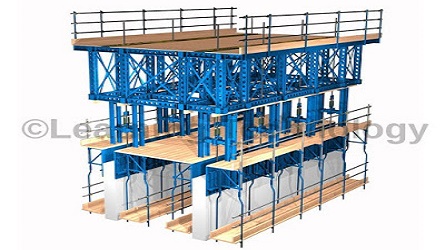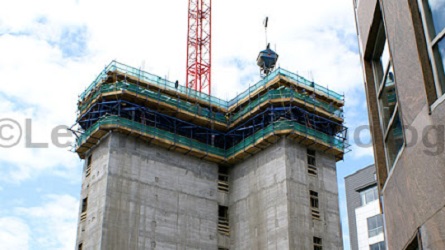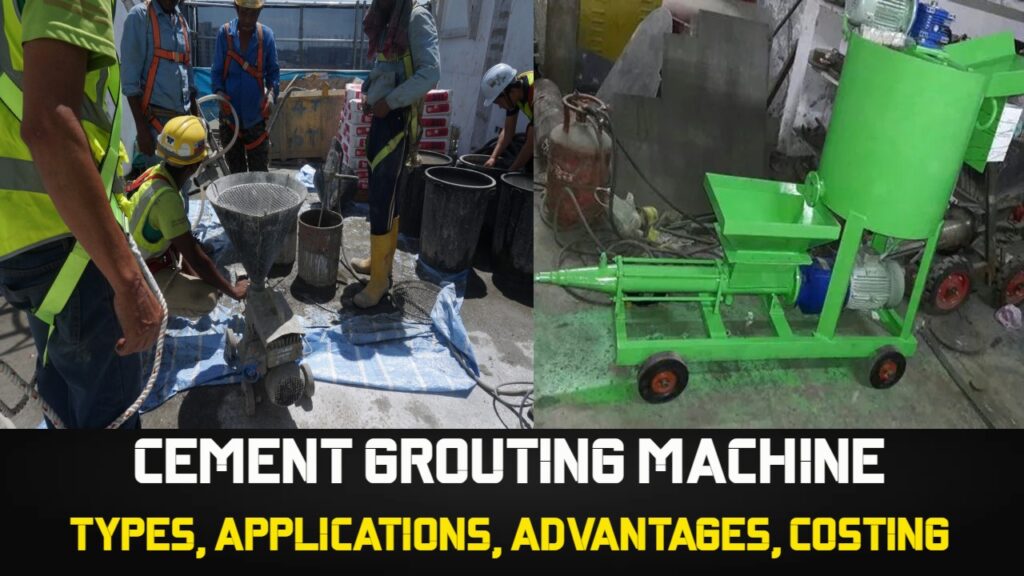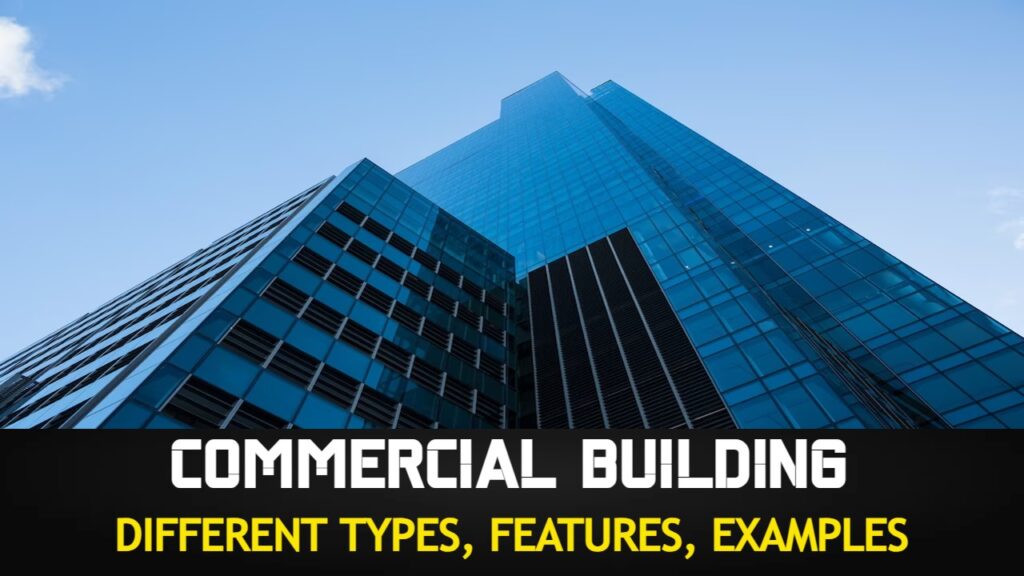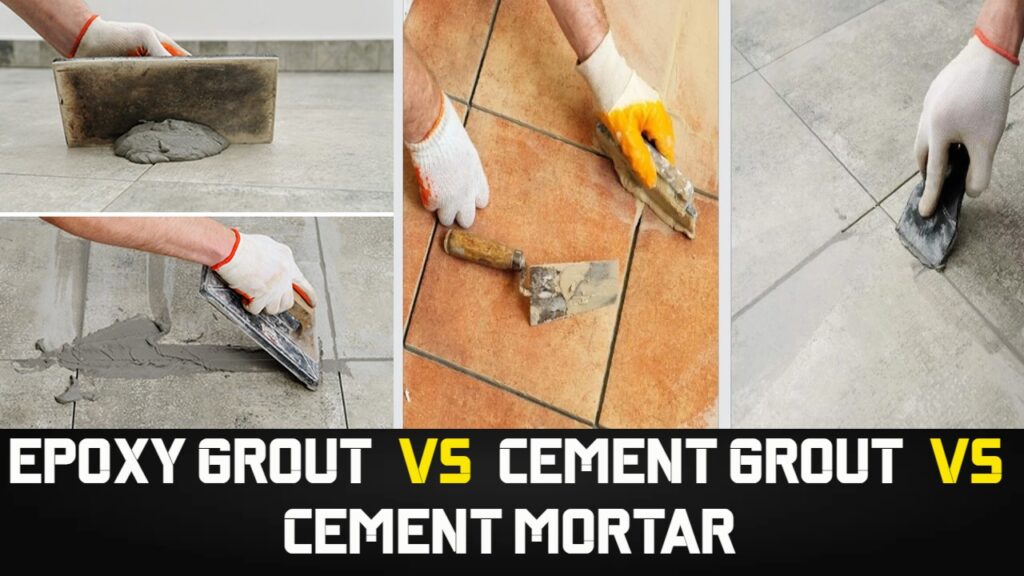In this post, we will discuss the Evolution of Slip Form Now a Days.
Evolution of Slip Form Nowadays
Slipform has been accepted as a precise construction technique within a comparatively short period of time – an indication of its considerable popularity.
This popularity has in turn encouraged further research ensuring the adoption of new methods and modern materials, which have firmly established slipforming as an economical, rapid and accurate form of construction.
Now that it is properly developed, the technique can be applied to many different forms of structure, including tapering formations with straight or parabolic profiles incorporating constant reductions in wall thickness.
Traditional applications for slipforming are silos, chimneys, bridge piers, water towers, a special application like the construction of pylons, lift core wall of the building, lining for tunnel shaft, framed structures etc.,
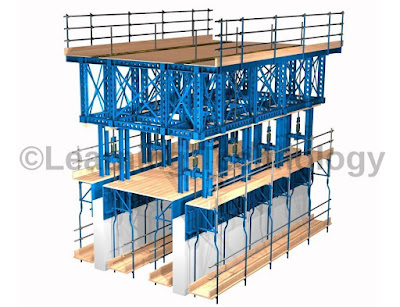
- STACKING AND STORAGE OF MATERIALS
- Design and Construction Of Pile Foundations
- Evolution of Retaining Structures
- Glossary Relating To Bitumen And Tar
- Aluminium Formwork Refurbishment
- Safety For Hydraulic Tensioning Jacks
- Methodology of Post Tensioning Work
- Properties of Prestressing HT Strand
- Losses in Pre Stress due to Elastic Shortening
- Jack Pressure for Single and Multi Pull Stressing
- Elongation & Modified Elongation in Prestressing
- Prestressing Materials Management at Site
- Prestressing : Definitions | Advantage | Application
- Slipform – Slipform Planning at Site
- Labour Productivity Norms in Slipform
- Dismantling Procedure of Slipform
- Slipform Reinforcement Schedule Planning
- Assembly of Stair Tower for Slipform
- Assembling Procedure of Tapering Slipform
- Assembling Procedure of Straight Slipform
- Classification Of Slip Form Work
- Design Considerations of SlipForm
- Evolution of Slip Form Now a Days
- Measure Horizontal Distance Using AutoLevel
- Bulking OF Fine Aggregates
- Concrete Cube Samples Taken for Different Volume
- Grades of Concrete as per IS 456 : 2000
- Flowchart For Aluform Work At Site
- Dismantling Process of Aluminium Formwork
- Assembling Process of Aluminium Formwork
- Dismantling Of Slab Aluminium Formwork
- Dismantling Of Wall Column & Beam Formwork
- Aluminium Formwork Concreting Process
- Assembling of Wall Aluminium Formworks
- Assembly Process of Aluminium Formwork
- Aluminium Formwork Worksite Management
- What is 1.54 in Concrete
- De Shuttering Period as per IS 456
- Grade Of Concrete And Its Cement, Sand And Aggregate Ratio
- Derivation Of (d²/162) – Unit Weight Of Bar
- Volume Of Different Shapes
Principles of Slipform
Slipform construction, also referred to as sliding form construction, is similar to an extrusion process. Plastic concrete is placed in the forms, and the forms act as moving die to shape the concrete.
Once the form has been filled with fresh concrete and hardening has started the form is gradually raised by the lifting devices on which it is suspended. The rate of movement of the form is regulated so that the forms leave the concrete after it is strong enough to retain its shape while supporting its own weight.
Pouring of concrete, tying of reinforcement, fixing of openings/inserts etc., are performed gradually from a working platform. An average sliding speed of 200 mm an hour is common, rising to 300 mm an hour under the best conditions and 100 to 150 mm an hour when large or complicated structures are being slip formed.
I hope you find this information useful. If there is something that I have missed or I do not know, you can comment and tell me which I will try to rectify as soon as possible.
If you have liked this post of mine, then use the social link given below and share it among your friends on social media. Thanks
SHARE THIS POST, IF YOU LIKE IT !!
Padhega India Tab Hi Badhega India | पढ़ेगा इंडिया तब ही बढ़ेगा इंडिया
